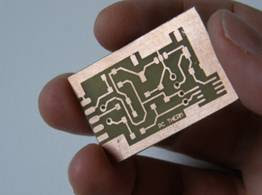How is BIG TV DTH Service ?

choose or not to choose BIG TV ....you decide ... here are the BIG TV Advantages: * BIG TV is using the MPEG-4 technology which provides more space to carry channels then MEPG2. At the moment BIG TV channels providing 186 TV channels and 10 radio channels. They also have plan to add more then 250 channels in next few months. The MPEG Compression will allow space for much more channels as compared to Dish TV and Tata Sky. * BIG TV has better picture quality then any other DTH. You can’t find pixellation problems on any channels and really enjoy digital quality. Sounds also better then other DTH providers due it being of Digital Quality, one can honestly say that Big TV can promote true DVD quality pictures as well as DVD quality sound (Although not the best, but still good) * Their starting offers and packages are better then other DTH and provide more channels. Which will mean we will get more while paying less! Reliance is known to crush the market this way and they’re d...
